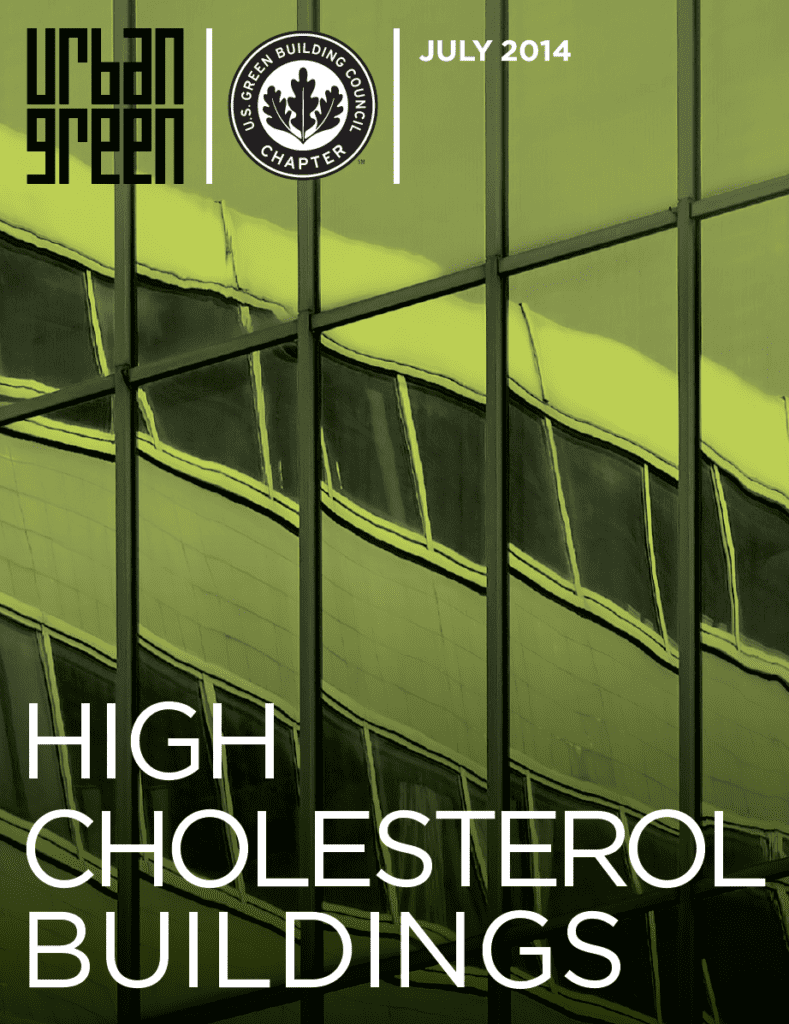Making different choices in construction will lead to healthier cities.
Original publication by Urban Green Council • July 12, 2014
Poor construction choices like these are found in the buildings that are designed and built every day throughout the U.S. A few glaring examples are the subpar walls, windows and roofs (the “envelope”) we put in our new buildings. Unlike mechanical systems like air conditioners and ventilation fans, a building’s envelope is one of its longest-lasting components. The average curtain wall, for example, can last longer than 50 years.
The problem lies largely with a key regulatory loophole: builders and developers are allowed to construct walls of any material of their choosing—such as glass, a notoriously poor insulator—so long as the completed building achieves the net energy performance required by the building code. This means that, on paper, glass and other subpar envelopes look good enough. But they’ll only lead to long-term health problems for our cities in the future.
But with better glass, designed views, improved construction training and greener codes, we can have buildings that are as healthy as they are beautiful.

Download High Cholesterol Buildings
Click here to read the full report PDF.
